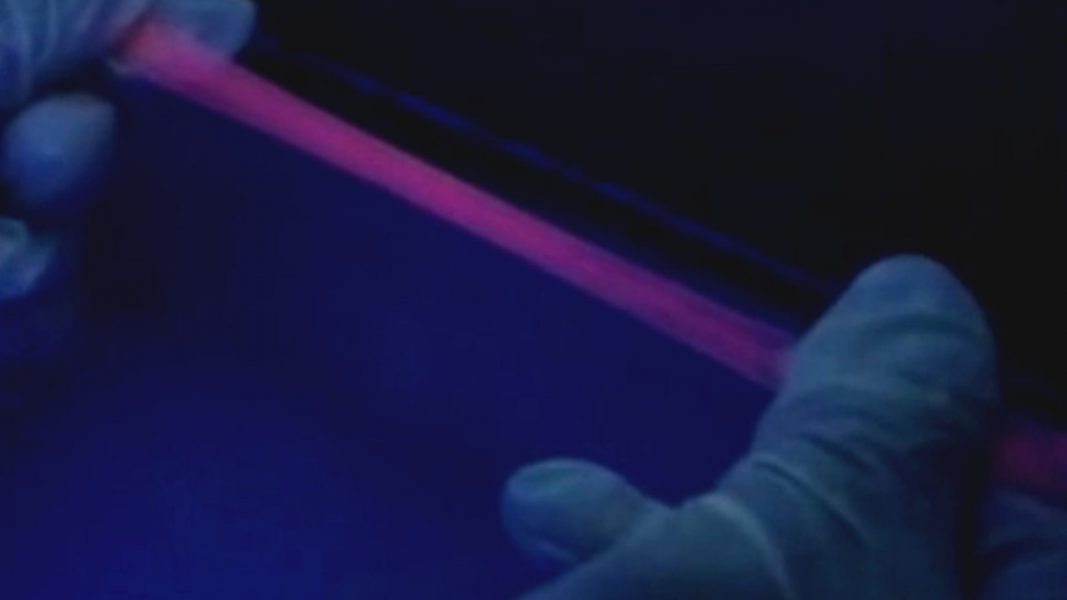The emergence of future technologies, like smart textiles and better bioelectronic devices, depends on the creation of new materials and nanotechnologies.
In their paper in Advanced Materials, Professor Chao Zhong and colleagues from ShanghaiTech University, and co-workers from the Chinese Academy of Sciences and the University of Chinese Academy of Sciences, demonstrate templated assembly of nano-objects (NOs) to fabricate complex nanostructures based on dynamic biofilm formation.
Inspired by biofilms, programmable E. coli strains with control over the secretion and assembly of curli fibers when exposed to blue light or tetracycline were used. Dynamic assembly of nitrilotriacetic acid (NTA)-decorated NOs on the curli fibers occurred simultaneously by employing NTA–metal–histidine chemistry.
Red fluorescence quantum dots were used as NOs for biofilm formation on a variety of 2D and 3D objects, even on an extremely “non-stick” surface such as polytetrafluoroethylene.
Upon exposure to blue light the engineered bacteria can produce biofilms on a desired area, which can be used to create NO paintings in an ordered array.
Biofilm-templated gold-nanoparticle layers were dynamically patterned on a nonconductive polymer plate. Electroless gold deposition enhanced the conductivity, enabling a blue light to be switched on.
An interdigitated array was produced by using predefined masks, and a red light could be turned on upon touching the device.
To find out more about this strategy for the dynamic assembly of complex nanostructures, please visit the Advanced Materials homepage.

















